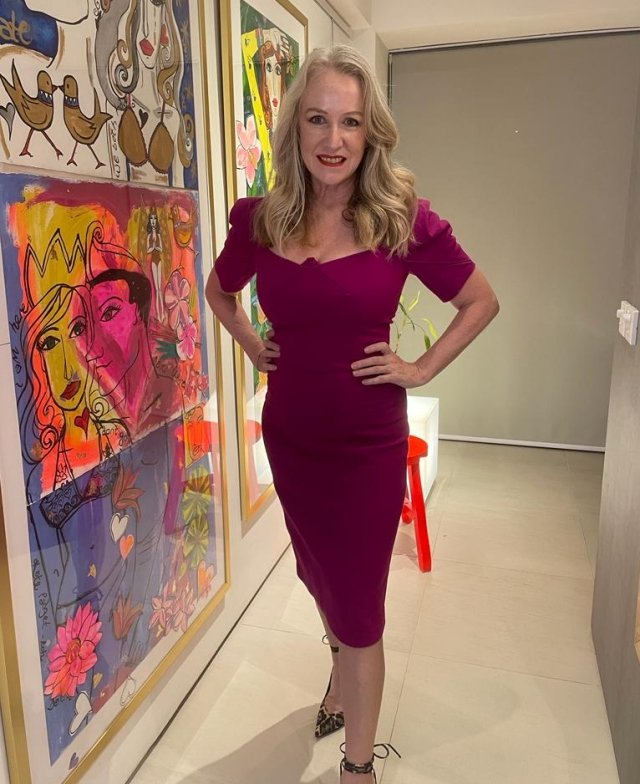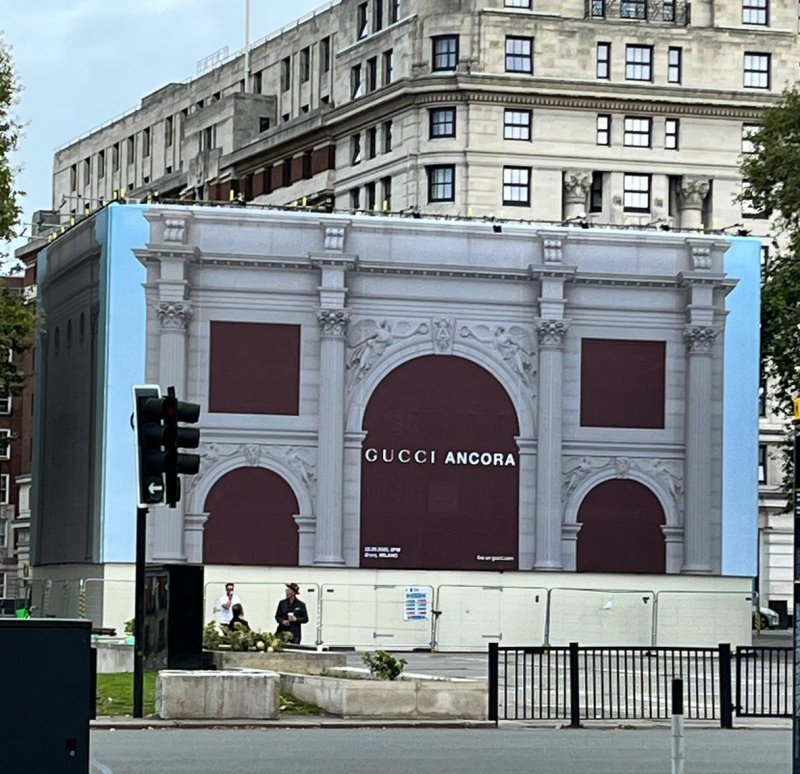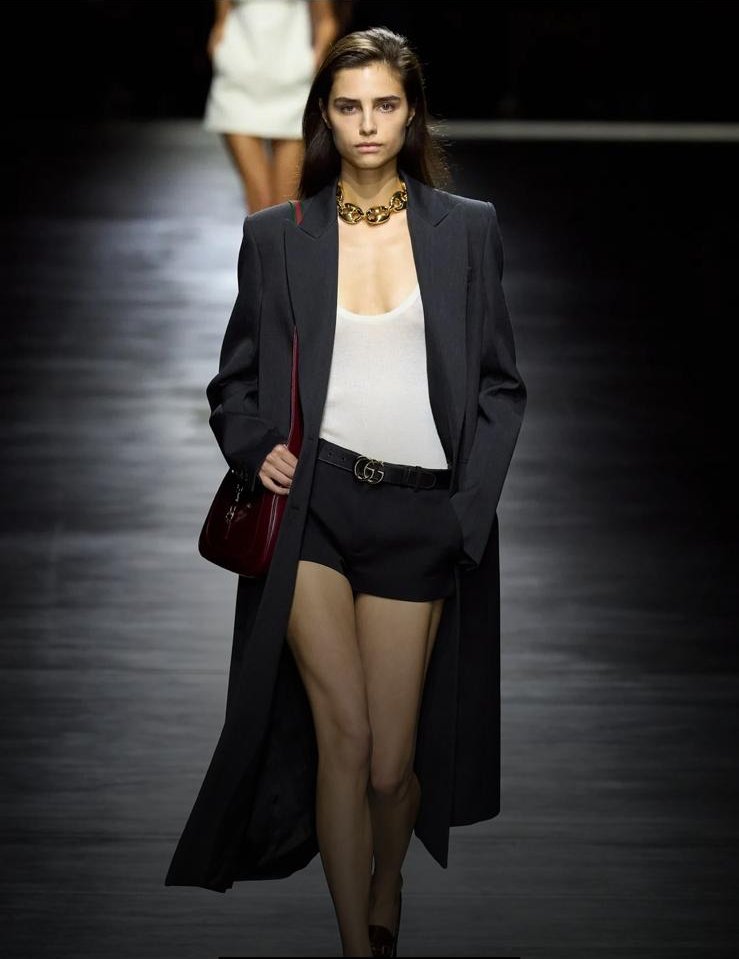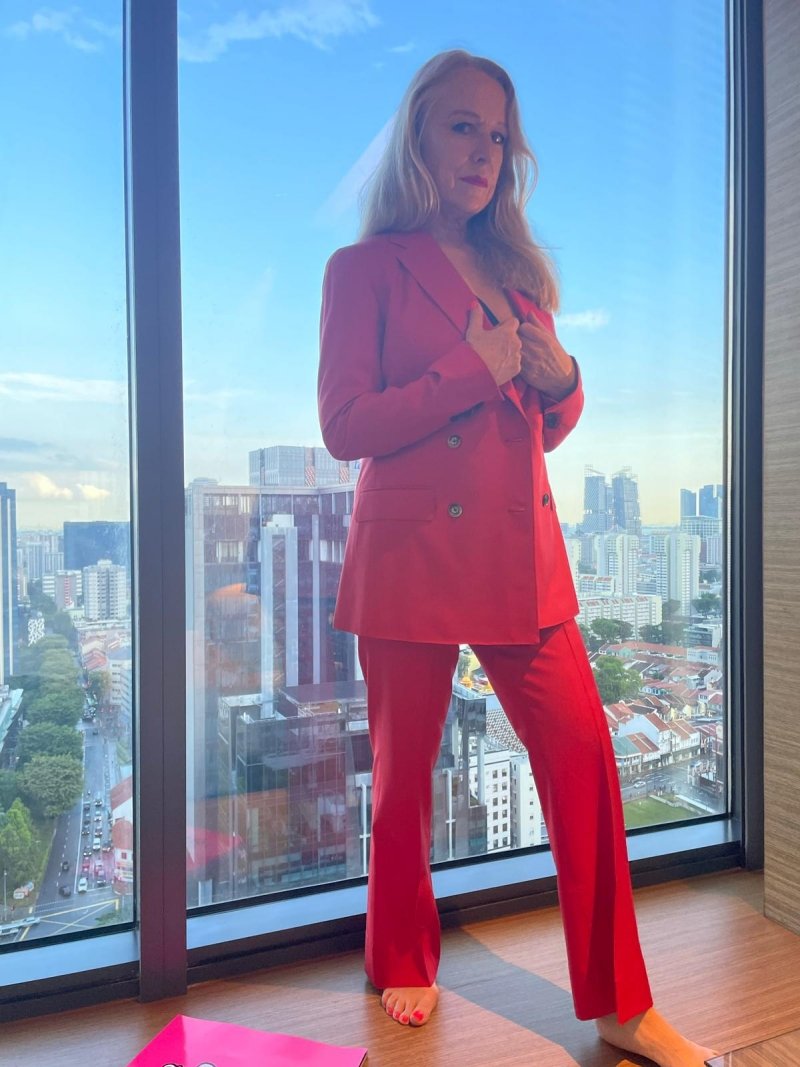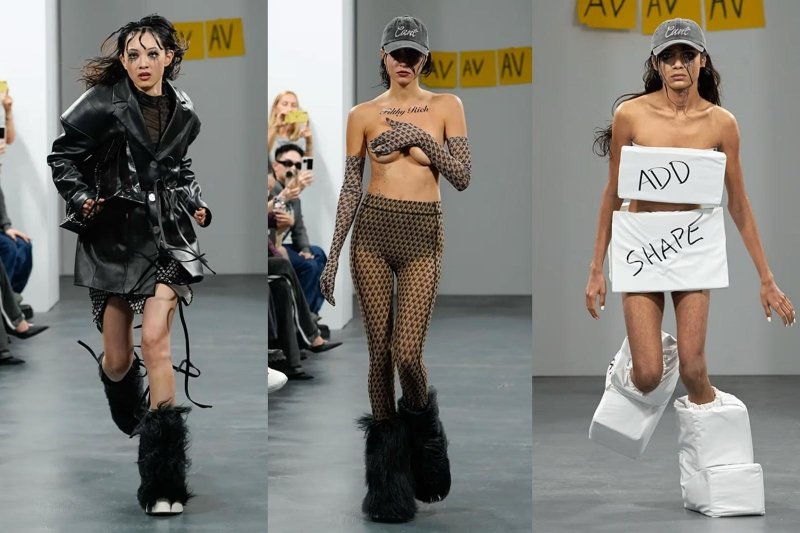In the previous blog, we discussed the conflict between concerns about the climate crisis and enjoying engaging in fashion. How can we make this work and have peace of mind when we dress and enjoy fashion? Ultimately, it is all about being present and aware of why we are shopping, buying and consuming. There is nothing wrong with purchasing fashion or anything else; it becomes problematic when it is not conscious and becomes more of a reaction to feeling we need something due to our own personal or sartorial insufficiencies. What gives us power is knowledge and awareness; this is a superpower for all of life, especially when we look at addressing how we consume fashion. Always consider - being present and aware is where we are powerful and not dictated to or less than, but rather an opportunity to be someone who is a leader in life.
In the previous blog, I established a methodology for consciously enjoying fashion without guilt and with awareness. Let’s explore that methodology here and expand on some of the points so you can explore further in your own lives and wardrobes.
In this blog, we will explore points one to four:
1. Educate yourself on Sustainable Fashion.
2. Following from point one, form an educated perspective on your sustainable boundaries.
3. Review your current wardrobe.
4. Establish an understanding of your personal style.
Point One - Educate yourself on Sustainable Fashion. What are the biggest impacts? There are endless resources everywhere.
An excellent place to start is here with this blog and my LinkedIn and Instagram posts. You can also join my upcoming free community; we’ll provide a link for you very soon. In addition, there are endless resources from BoF, Jeanine Ballone’s LinkedIn posts here, Dana Thomas, Vogue Business, Conscious Fashion Collective, FutureLearn, and The Good Trade. There are many resources for further understanding the fashion industry's impacts. Learn as much as possible, explore what inspires you and gain a sustainable fashion education. As always, knowledge is power.
Point Two - Following from point one, form an educated perspective on your sustainable boundaries. Maybe you stop buying fast fashion, or you stop buying leather, or you give yourself a ‘no buy’ challenge. Whatever it is, this is an educated perspective and very valuable.
Explore and consider where you stand regarding the fashion industry - what you will stop doing or start doing. Are you someone who really cares about the ocean? Learn everything about the impact of plastic and microplastics (among other pollutants) on the oceans. You then create a plan for reducing your own personal impact or sharing with others to create a project within your family or friend group to do so. There are many opportunities for this. You may be someone who loves traditional tailoring techniques and quality fabrics. You create a philosophy of not buying fast fashion or only buying well-made, single-fibre content so they can be easily recycled. Or you buy only very well-made clothes which can be kept and worn for many years. Share this philosophy on social media and inspire others on their own journey.
Point Three - Review your current wardrobe. If you can, ask someone to work with you to organise it. Again, there are many free online resources.
Based on your new philosophy, review and edit your current wardrobe. This can be very empowering and also overwhelming. You may find yourself feeling guilty for previous buying habits and for how unconscious you have been. Try not to get fixated on this; you are doing something now that is important.
The intention of this wardrobe edit is to give you some power and freedom. Have an end goal: is it to have a wardrobe that you can easily dress from that also speaks to your personal style and philosophy? Here are some simple yet excellent steps: 7 practical steps for a wardrobe edit.
Remember - be gentle with yourself.
Point Four - Establish an understanding of your personal style. Develop your style accordingly. We fall victim to or are distracted by fashion trends because we are unclear about what suits us.
You may have a clear sense of your personal style. You may be inspired by urban street fashion - wearing sneakers and oversized cargos or your personal variation. You may follow a more feminine vibe, like Katie Holmes, with comfortable separates. Having someone you identify with always helps. My style code is very clear. My vibe is glamorous 70s and Tom Ford Gucci. I love prints and vibrant colours, very little black - chocolate brown and tobacco are my darks. I don’t look anything like her, but my style icon is Bianca Jagger in the Mick years. Exotic looks and sharp tailoring interspersed with Zandra Rhodes prints.
I am very clear on the brands, colours and pieces that work for me. My go-to Brands for clothes are Magda Buttery, FRS, Missoni, sometimes Simkai, and Gauge 81. Tailoring is my husband’s tailor - semi-hand-made for me, Saint Laurent jackets. I know my style and which Brands work. I recently made contact with an amazing Brand “Sharon Wauchob” and can’t wait to wear her pieces again. Having this identity means I don’t buy for the sake of it. I do not impulse buy; I don’t ‘sale’ buy because it is cheaper, and I don’t buy fast fashion. More than 50% of my wardrobe is over 10 years old, and I wear them. I treasure my clothes; they are like art to me.
This is the beginning of a journey into discovering the wardrobe and creating a conscious connection with your clothes in pursuit of discovering your personal style.
Enjoy, as always, and have fun; love life!
Come back next week for more.
Kate
Kate Padget-Koh





